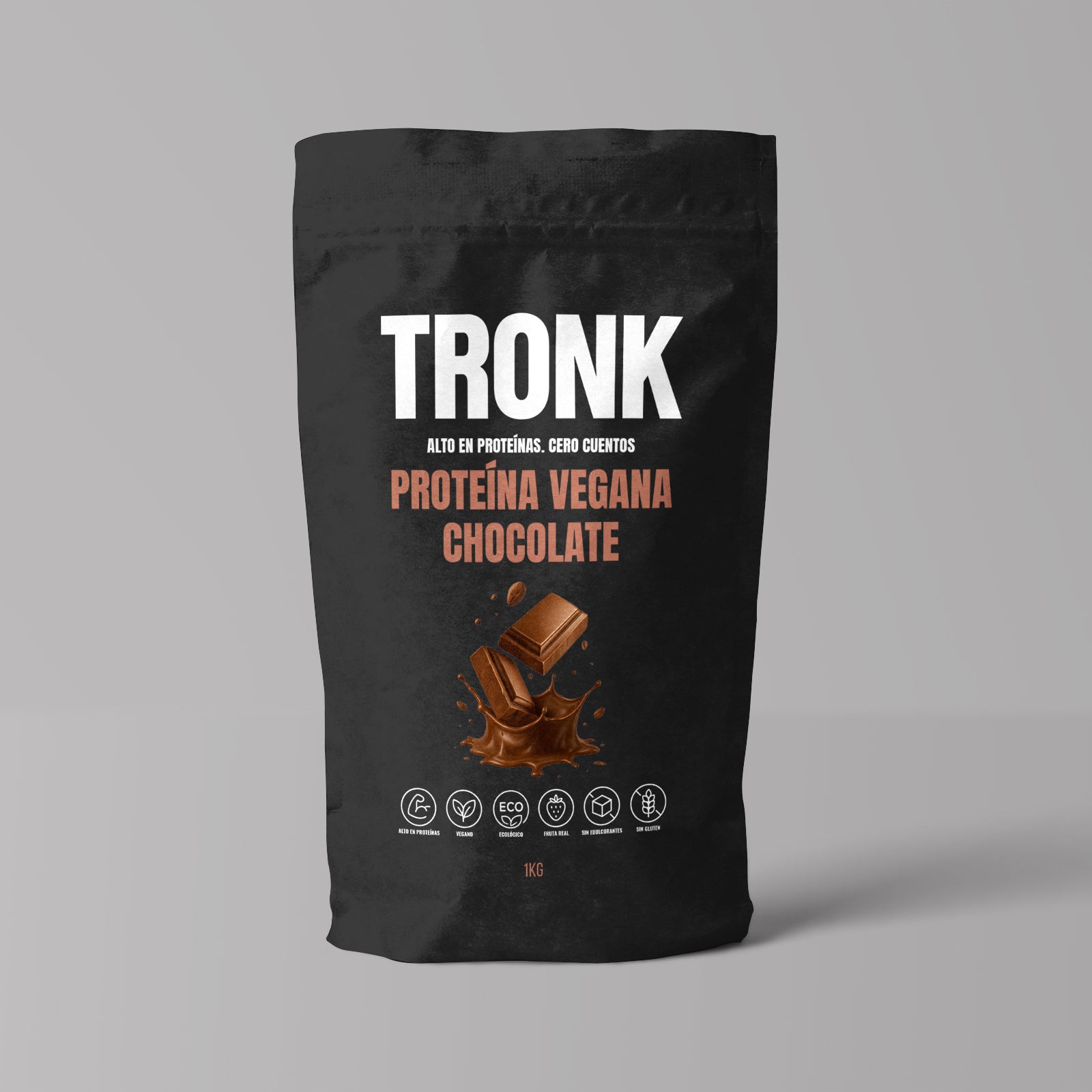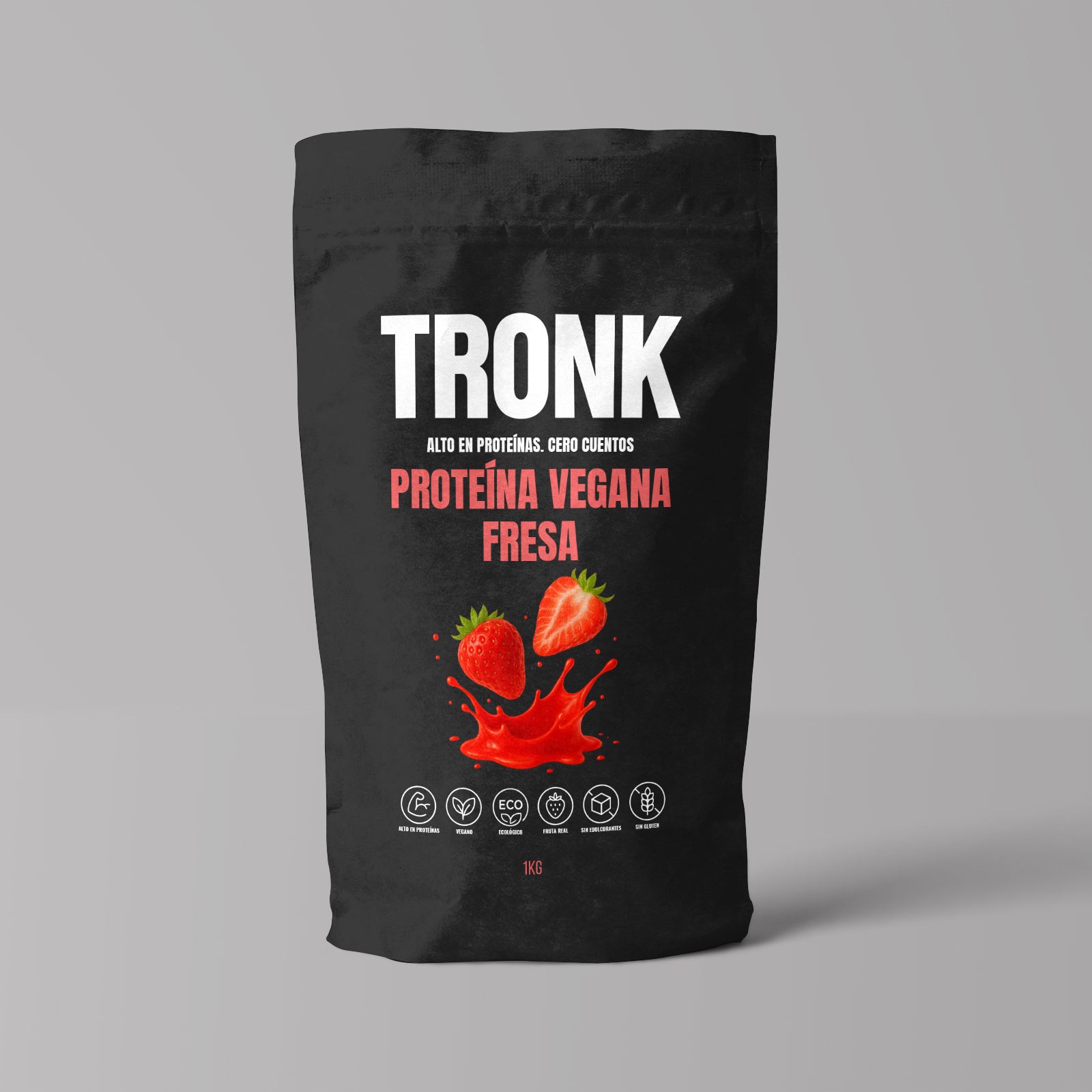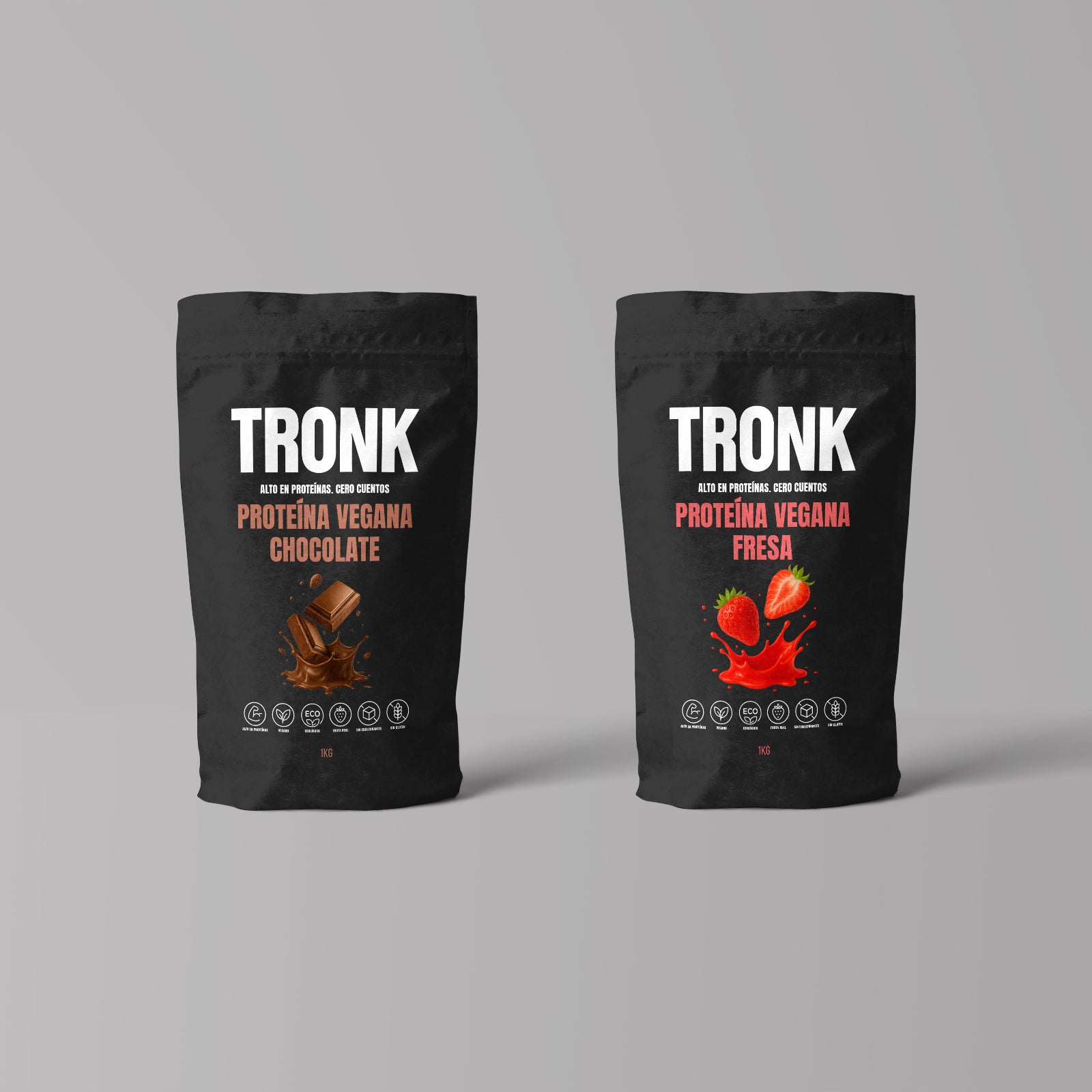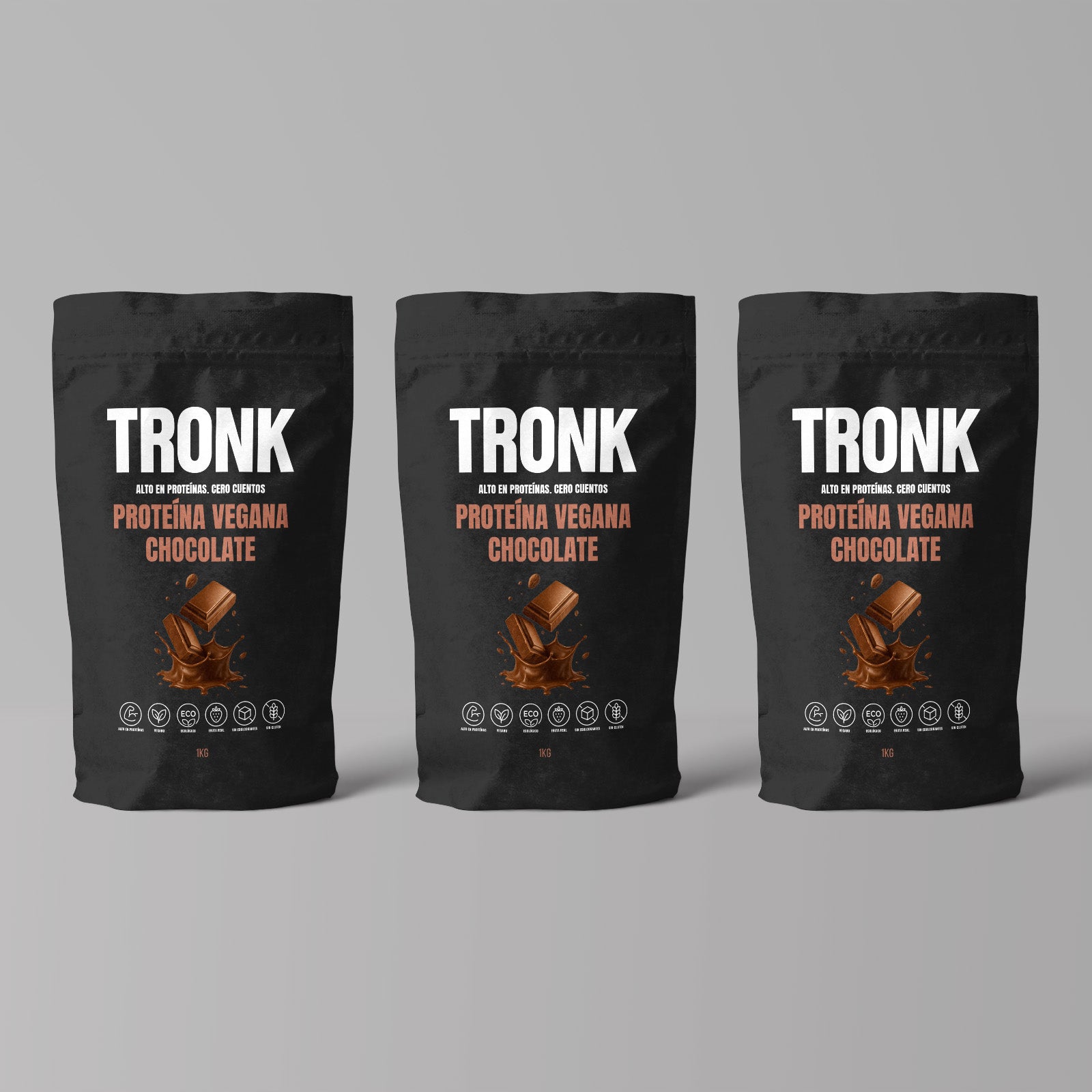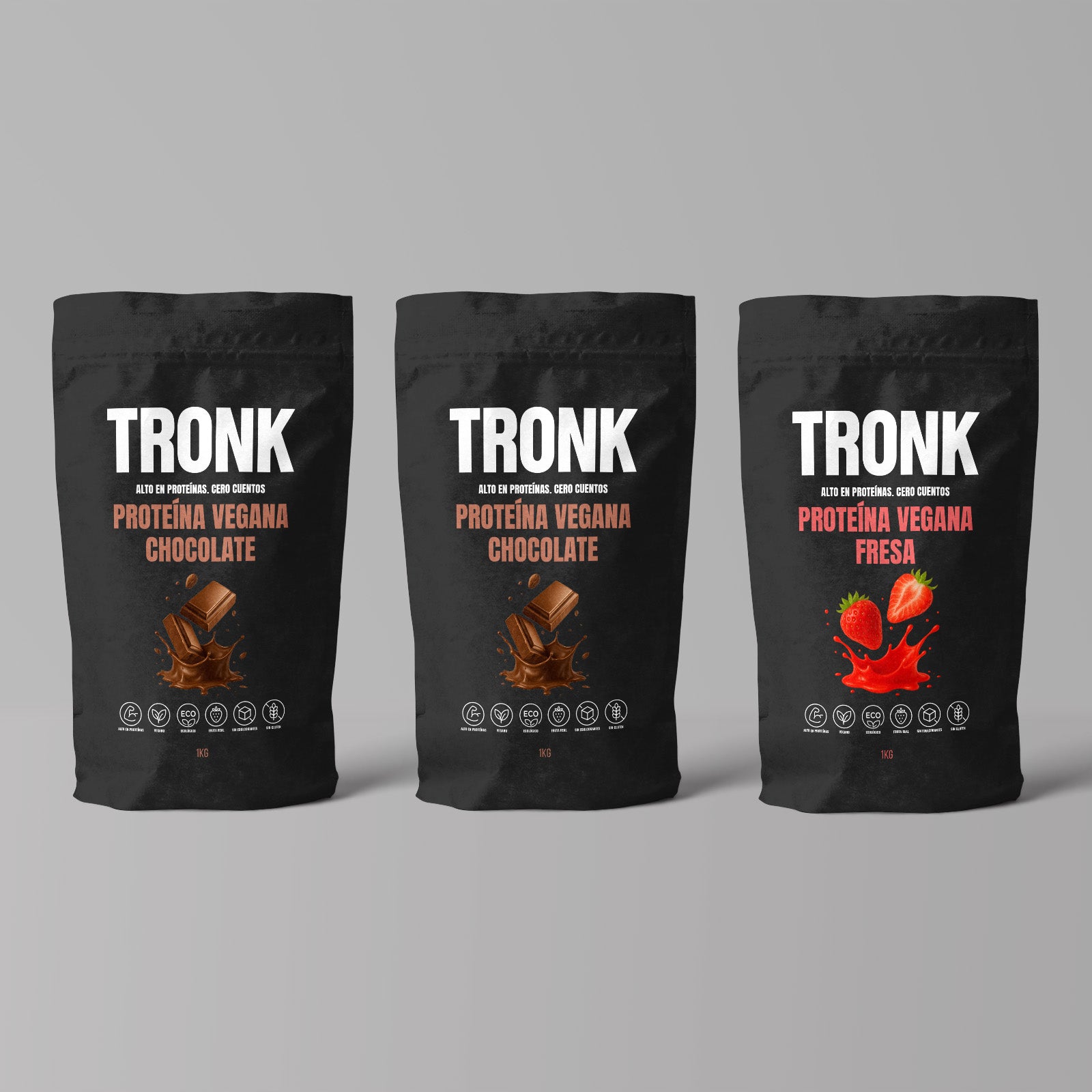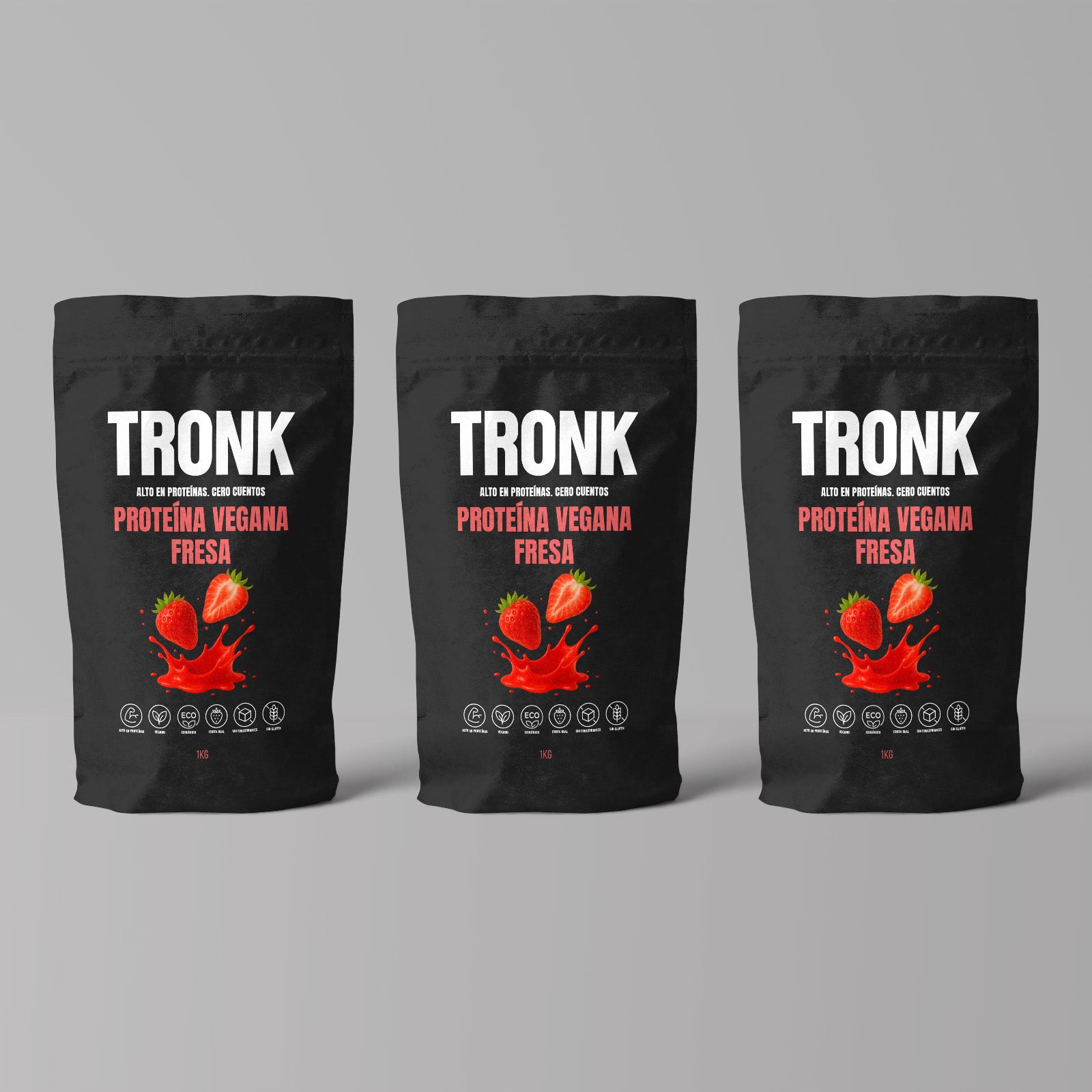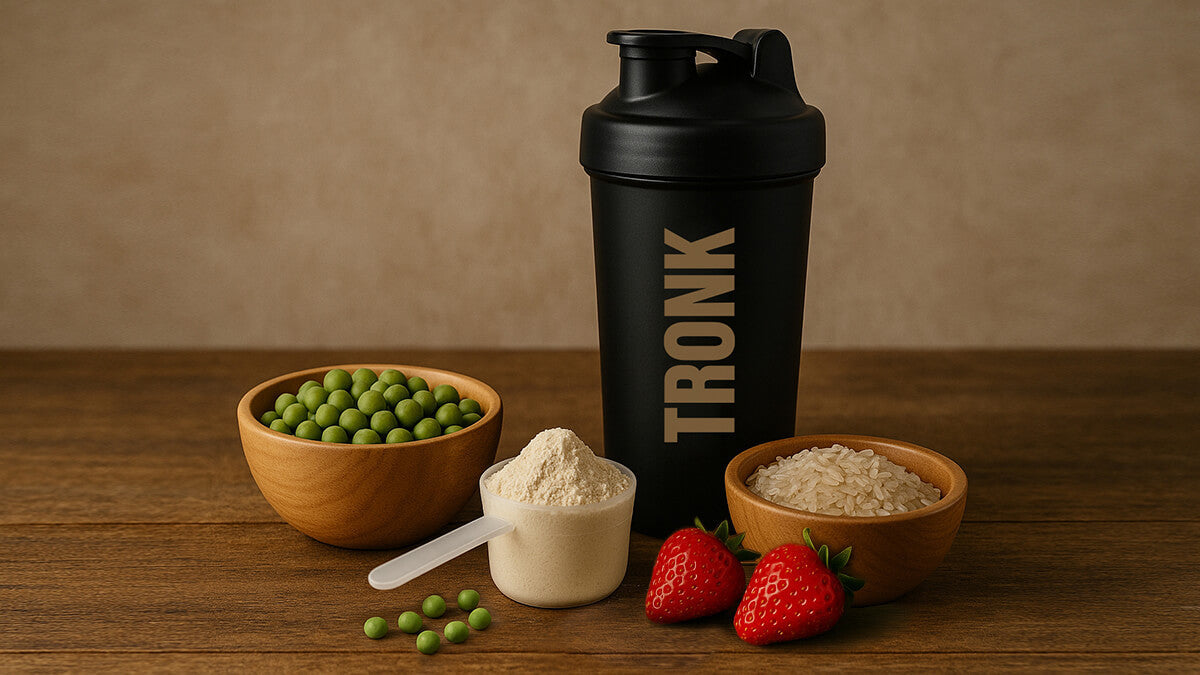
Your whey protein shake. Maybe it's time to give it up
Whey protein has been dominating the gym for years. It has a complete amino acid profile and is known for its rapid absorption. But many people experience side effects during the digestive process , especially due to its dairy origin.
In addition to heavy digestion, other effects affect the skin, the hormonal system, and the intestinal microbiota. For all these reasons, whey is not the best source of protein for your body. Here's why.

1. Milk protein: heavy digestion and impact on the immune system
Although whey is quickly absorbed, its dairy origin and the presence of lactose can make digestion difficult for many people. This results in bloating, discomfort, and a feeling of heaviness after drinking a shake. The body recognizes plant-based, lighter, and lactose-free ingredients better .
Furthermore, repeated consumption of dairy products can alter the balance of gut microbiota , directly influencing chronic low-grade inflammation. This can manifest itself not only in the digestive system, but also in joints or overall energy levels. If you feel "bloated" or tired after consuming whey, it's no coincidence.
Studies such as the one published in The ISME journal (2025) have shown that certain components of dairy products can alter the composition of the intestinal microbiota, and even negatively affect the life expectancy and quality of life of people who consume them.

2. Acne and hormonal imbalances
Whey comes from milk, which may contain natural or artificial hormones (depending on the source). For many people, this results in acne breakouts or oily skin. If you're wondering why your skin reacts after certain shakes, this could be the answer.
Several studies have linked dairy consumption to increased insulin and IGF-1 (insulin-like growth factor) activity , which stimulates sebum production and aggravates acne. This is especially relevant if you are already prone to dermatological problems or are in an intense training phase.
A review published in the Journal of the American Academy of Dermatology (2018) concluded that milk consumption, especially skimmed milk, is associated with an increased risk of acne (Aghasi et al., 2018).
3. Gas and diarrhoea: what whey protein can cause
One of the most common side effects. Whey can ferment in the digestive system, especially if you are lactose intolerant (even if you don't know it). This causes gas, bloating and discomfort.
This happens because undigested lactose becomes food for gut bacteria, which produce gas as a by-product. Even whey protein isolates, which promise to be low in lactose, can cause these effects in sensitive individuals. And when you're training hard, the last thing you want is digestion taking its toll.
It's worth clarifying that if you consume too much vegetable protein, you may also experience gas, but its impact is less severe.
According to the American Gastroenterological Association, up to 68% of the world's population has some degree of lactose intolerance , which may explain why these symptoms often occur after consuming whey protein.

4. Allergic reactions or lactose sensitivity
Even those who do not consider themselves lactose intolerant may experience lactose sensitivity: abdominal pain, fatigue, rashes, or general malaise.
Additionally, some people react to whey proteins as if they were allergens, causing symptoms similar to those of a mild allergy: nasal congestion, itchy throat, hives, or mental fog. These reactions are often overlooked, but they affect well-being and performance.
Studies such as the one published in Clinical Case Studies (Iris Publishers, 2020) have documented cases of adverse reactions after consuming whey protein even in adults without known dairy allergies. The high concentration of whey protein can trigger non-allergic hypersensitivity or even lead to the development of this allergy.
The alternative: pea + rice plant protein

We don't need milk to build muscle. The combination of pea and rice protein is a complete plant-based alternative because their amino acid profiles complement each other perfectly.
Peas are rich in lysine but low in methionine, while rice is low in lysine but contains a good amount of methionine. Together, they cover the nine essential amino acids that your body cannot produce on its own.
In addition, we only use clean, organic, and certified organic ingredients in Tronk's protein blend . This means our flavors aren't hidden behind artificial flavorings.

Our vegan chocolate shake has real cocoa in it. Our vegan strawberry shake contains real strawberries. If something is on the label, it's because it serves a purpose and has a clean source.
Tronk plant-based protein doesn't feel like a rock because it's free of crap. It's easier to digest, kinder to your body, and completely effective for building muscle.
That said, are you in? Follow us on Instagram or Facebook ; we'd love to hear your thoughts and see how you train with Tronk.

